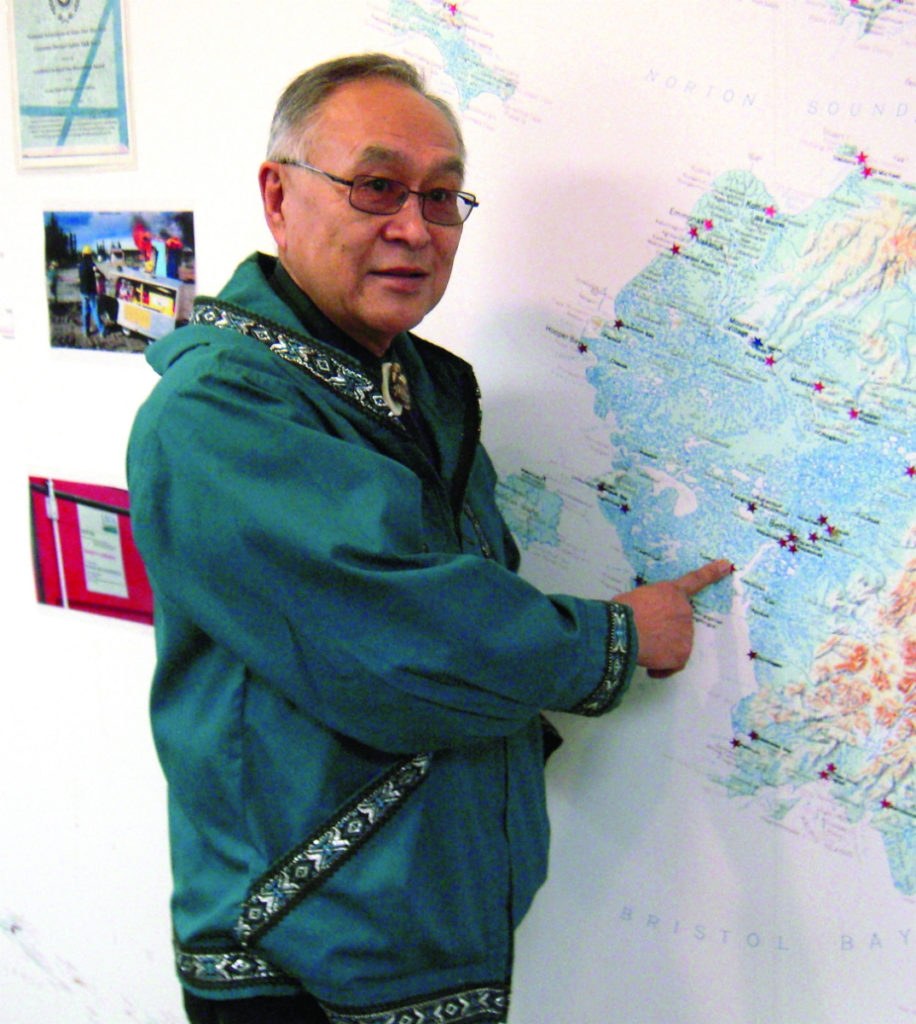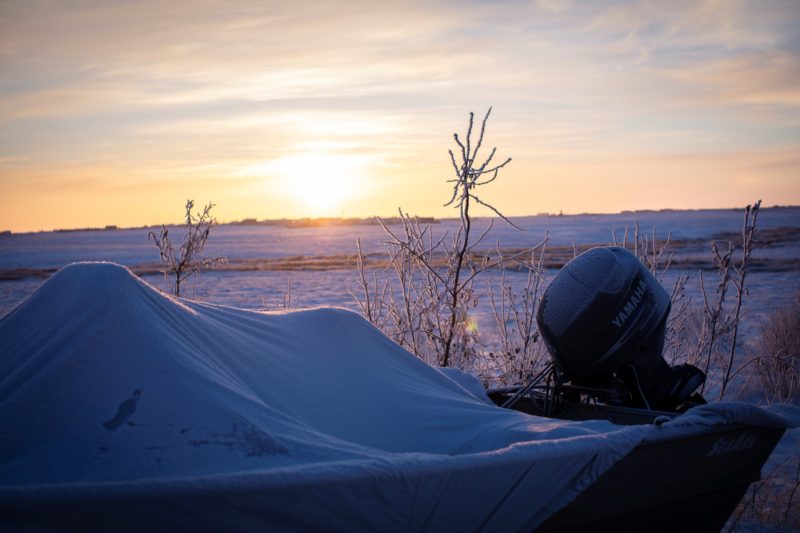Welcome to the electronic version of Storyknife. Sign up to receive the Storyknife eNewsletter via email.
Values of Land Selection

Nelson Angapak
An Interview with Nelson Angapak
Storyknife, January/February 2019 edition
The Calista Region features vast tundra, majestic mountains and fish-filled rivers. Our people have called the Region home for thousands of years and the Alaska Native Claims Settlement Act (ANCSA) reaffirmed 6.5 million acres of the land as legally ours.
The passage of ANCSA in 1971 established regional and village corporations based on geographic locations. These regional and village corporations had three years to make land selections from the 44 million acres granted statewide under the act. This was a big decision that took a lot of work to ensure the best land was selected.
Nelson Angapak worked in Calista Corporation’s newly created Lands and Natural Resources department during the ANCSA land selection process.
“The policy of the Lands department was that the village corporations must be advised to select the land with the most resource potential in terms of subsistence resources, mineral potential, and oil and gas potential, or any combination of the three,” Nelson says.

During the land selection process, Calista gathered any available information about the resource potential of areas and made it available to the village corporations. The three categories of subsistence resources, mineral potential, and oil and gas potential all held equal weight. The goal was to select the most valuable land possible, with the understanding that all of these held value for Shareholders and future generations.
“In the instance of the Crooked Creek Village Corporation—before it became part of the Kuskokwim Corporation—we provided any information that we knew about the mineral, and oil and gas potential of the Donlin Creek area,” Nelson says.
Prospectors discovered gold at Donlin Creek in 1909 but the site was never developed. “The area was specifically selected for the surface and subsurface resources that existed,” Nelson says.
“The policy of the Lands department was that the village corporations must be advised to select the land with the most resource potential in terms of subsistence resources, mineral potential, and oil and gas potential, or any combination of the three.” – Nelson Angapak
The village corporations hold the surface rights to their land selections, while Calista typically owns the subsurface rights to the millions of acres owned by village corporations. Calista also has land interests where it owns both surface and subsurface rights to the land. “For both Calista and our Shareholders, it is about overall value,” says Nelson.
More than 40 years after the land was selected with the understanding of its value, The Kuskokwim Corporation and Calista are working with NOVAGOLD Resources and Barrick Gold Corporation on the Donlin Gold Project.